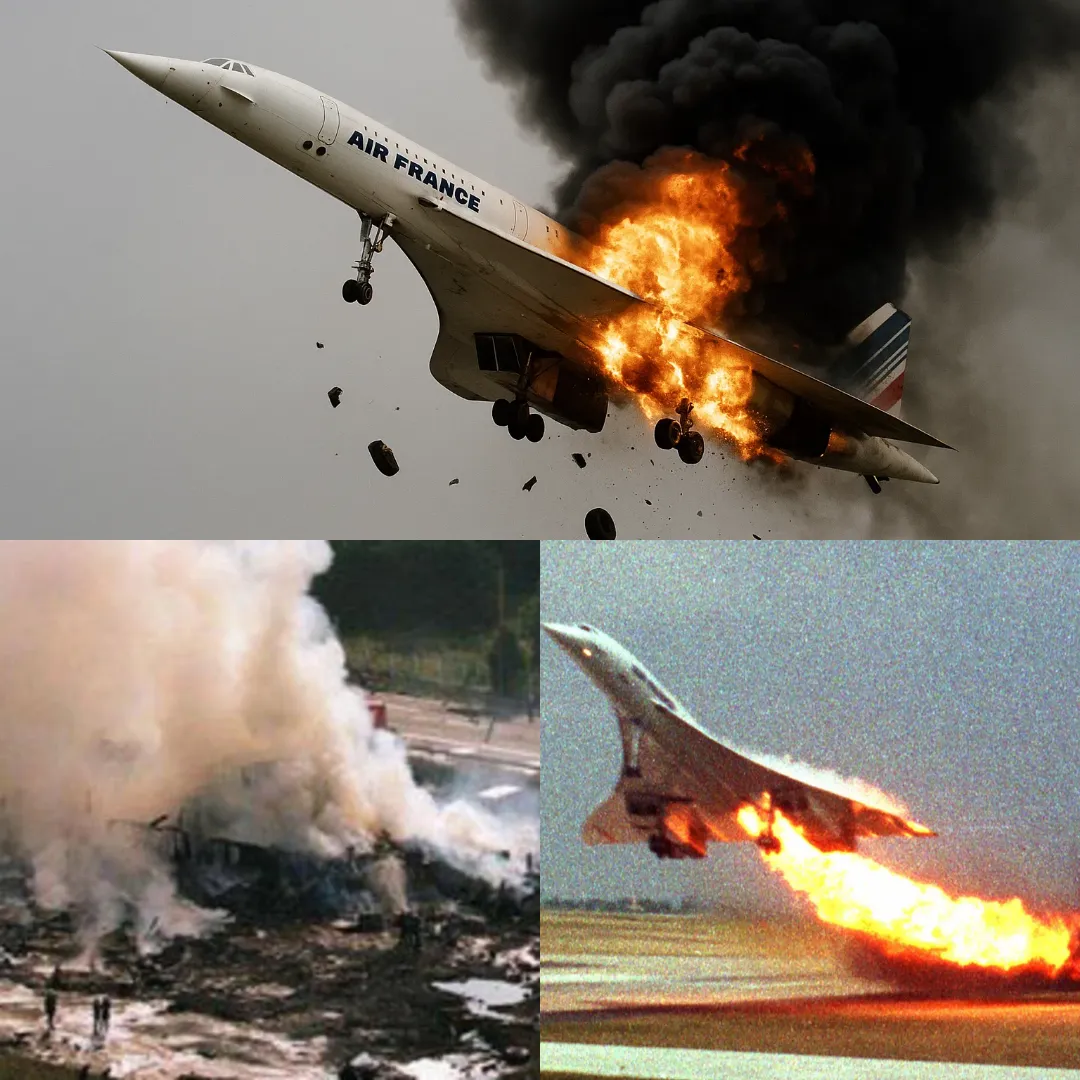
On October 21, 2009, an Airbus A320 operating Northwest Airlines Flight 188 took off from San Diego en route to Minneapolis. What should have been a regular flight turned into a dramatic incident when the pilots lost communication with air traffic control for over 90 minutes.
The plane cruised at 37,000 feet over the United States without any contact from the flight crew, and no one knew what had happened inside the cockpit. This shocking event, known as a "nordo" or no-radio event, raised significant concerns about pilot distractions and situational awareness. But how did this happen, and could it have been avoided?
A Merger and a Changing Environment
To understand the incident, we must first consider the operational environment in which the flight was taking place. In the years following the 9/11 terrorist attacks, the airline industry faced significant financial challenges. This led to several Chapter 11 bankruptcies and mergers.
One of the most notable mergers was between Delta Airlines and Northwest Airlines, which took place in October 2008. The newly formed company became the world’s largest airline, but the merger created tensions within the workforce.
One of the main areas of concern was the integration of the two companies' operating procedures, especially when it came to flight scheduling and cockpit protocols.
As part of the merger, pilots from both airlines were required to adapt to new operational procedures. For example, prior to the merger, Northwest pilots always set up the aircraft’s flight management computer (FMC) and overhead panel.
However, after the merger, the pilot flying the aircraft would now set up the FMC, while the first officer would be responsible for the overhead panel. Though seemingly minor, these changes caused friction and confusion among the pilots, who had grown accustomed to their previous ways of operating.
Additionally, the pilots were introduced to a new preferential bidding system (PBS) for flight schedules, which was much more complex than what they had been used to.
This change led to frustration and confusion among the pilots, particularly the captain of Flight 188. The captain, who had been flying for many years, found the new system difficult to navigate and spent a considerable amount of time learning how to use it. These frustrations were soon to play a significant role in the events that followed.

Pre-Flight Routine and Crew Preparation
Captain of Flight 188 was a 53-year-old veteran pilot based in Minneapolis. His co-pilot, the first officer, was 54 years old with over 9,400 hours of flight time. The two pilots had never flown together before but were both very experienced.
Before the flight, they met in the crew room at the airport and prepared for their flight to Minneapolis. The weather in San Diego was clear, and the weather in Minneapolis was expected to be favorable as well.
The captain and first officer went through their pre-flight procedures as usual. The captain set up the FMC for the flight, and the first officer reviewed the paperwork and ensured everything was in order. They were joined by the cabin crew, and everything seemed normal. The aircraft, an Airbus A320, had been inspected by an engineer before the flight, and no issues were found. The flight was ready to go.
The Calm Before the Storm
At 14:59 Pacific Standard Time, Northwest Airlines Flight 188 pushed back from the gate and began its journey towards Minneapolis. The aircraft climbed to 35,000 feet and then proceeded to 37,000 feet to avoid turbulence. The flight was uneventful for the first hour, with the crew discussing the new bidding system and preparing for the remainder of the flight.
At one point, the flight attendants offered food to the pilots, which they accepted. The captain took the opportunity to step away from the cockpit to use the restroom while the first officer continued the paperwork.
When the captain returned, the two pilots sat down and resumed their discussion about the new bidding system. Both pilots were deeply engrossed in the conversation, and they continued to work through the new system’s complexities. They didn’t realize that time was passing, and they were completely unaware that the aircraft had been in cruise mode for over an hour without any communication with air traffic control.

The Moment of Distraction
As the pilots were discussing the new system, the air traffic controller in Denver tried to reach the aircraft. However, the pilots did not respond. Air traffic control called again, and still, there was no reply. The situation was becoming increasingly serious, but the pilots were completely unaware of the gravity of what was happening.
At this point, the crew was distracted by their discussion about the new bidding system, and they did not notice that they had missed their check-in with air traffic control.
As they continued their conversation, the air traffic controllers began to grow concerned. They tried to reach the aircraft through several channels, but to no avail. The aircraft continued on its flight path, and the pilots had no idea that they had just missed their destination.
Overflying Minneapolis
As the aircraft continued to fly at 37,000 feet, the pilots were unaware that they had flown nearly 100 nautical miles past Minneapolis. The first officer, in charge of communication, attempted to reach air traffic control, but the radio frequencies they were using were no longer active. At this point, the aircraft was drifting off course, and the pilots had no idea they were heading in the wrong direction.
It wasn’t until a flight attendant called the cockpit and inquired about the arrival time that the pilots finally realized something was wrong. They quickly checked their navigation displays and realized they had overflown Minneapolis.
The situation had escalated, and the pilots were now in a position where they needed to turn around and make an emergency approach. However, they had been in the air for over 90 minutes without making any communication with air traffic control, and the incident was becoming a full-blown emergency.

The Final Descent and Emergency Landing
As soon as the pilots realized their mistake, they contacted air traffic control and requested to make a U-turn to head back to Minneapolis. Air traffic control was relieved to hear from the pilots but was suspicious about the reason for the prolonged loss of communication.
The pilots explained that they had been distracted and did not hear the radio calls. The controllers then cleared them for a descent and landing, ensuring that the emergency services were standing by.
The crew executed a standard approach to Minneapolis, but the situation was far from normal. The aircraft was running low on fuel, and the crew was preparing for a possible emergency landing.
As the aircraft descended, the first officer checked the cockpit displays and saw a series of messages indicating that the aircraft had missed critical communication from air traffic control. Despite the communication failure, the crew remained focused and executed a successful emergency landing, bringing the aircraft down safely.
Investigation and Consequences
Following the emergency landing, the pilots were met by law enforcement and the chief pilot’s office. They were given breathalyzer tests, which came back negative. The investigation into the incident revealed that the pilots had been distracted by their conversation about the new bidding system and failed to maintain situational awareness. The prolonged loss of communication, which lasted for more than 90 minutes, could have had catastrophic consequences.
The pilots were both suspended and faced disciplinary action. The Federal Aviation Administration (FAA) revoked their licenses, and they were both grounded. The investigation revealed that the pilots had violated company procedures by using personal electronic devices in the cockpit, which contributed to their distraction. As a result of the incident, the FAA implemented stricter regulations regarding pilot distractions and cockpit communication.

Lessons Learned
The incident involving Northwest Airlines Flight 188 serves as a stark reminder of the dangers of distraction in the cockpit. The pilots, although highly experienced, became deeply distracted by a conversation that took them away from their primary responsibility: flying the aircraft.
This incident underscores the importance of maintaining situational awareness at all times, regardless of how familiar the flight or the aircraft might be.
The FAA and other regulatory bodies have since implemented changes to prevent similar incidents from occurring in the future. These changes include updated procedures for pilot training, stricter guidelines on the use of personal electronic devices in the cockpit, and enhanced communication protocols to ensure that pilots stay in contact with air traffic control throughout the flight.
In conclusion, the Northwest Airlines Flight 188 incident was a wake-up call for the aviation industry. It highlighted the importance of focusing on the task at hand, even during routine flights, and maintaining constant communication with air traffic control. Through careful investigation and lessons learned, the aviation industry continues to improve its safety protocols to ensure that such an incident never happens again.



